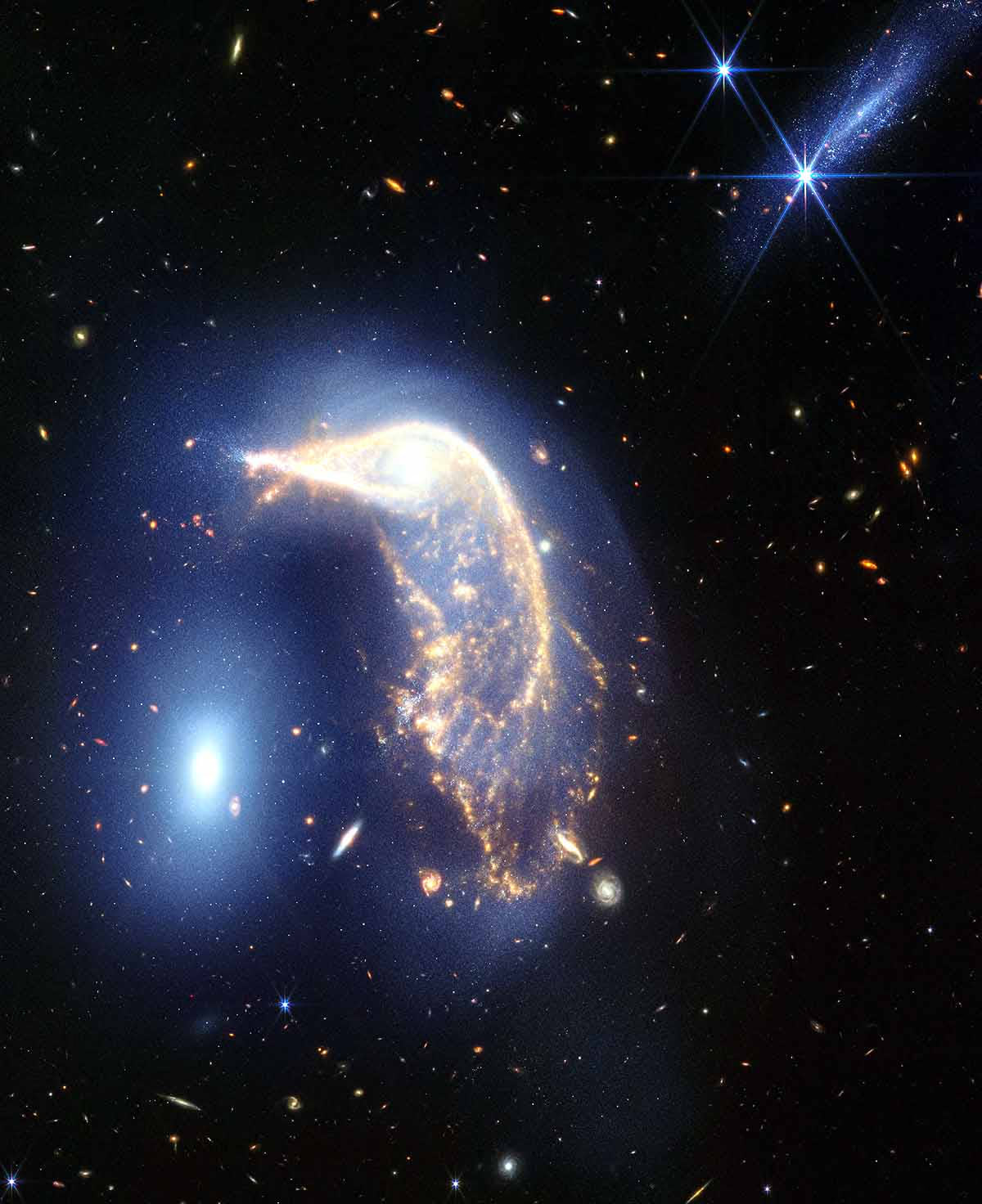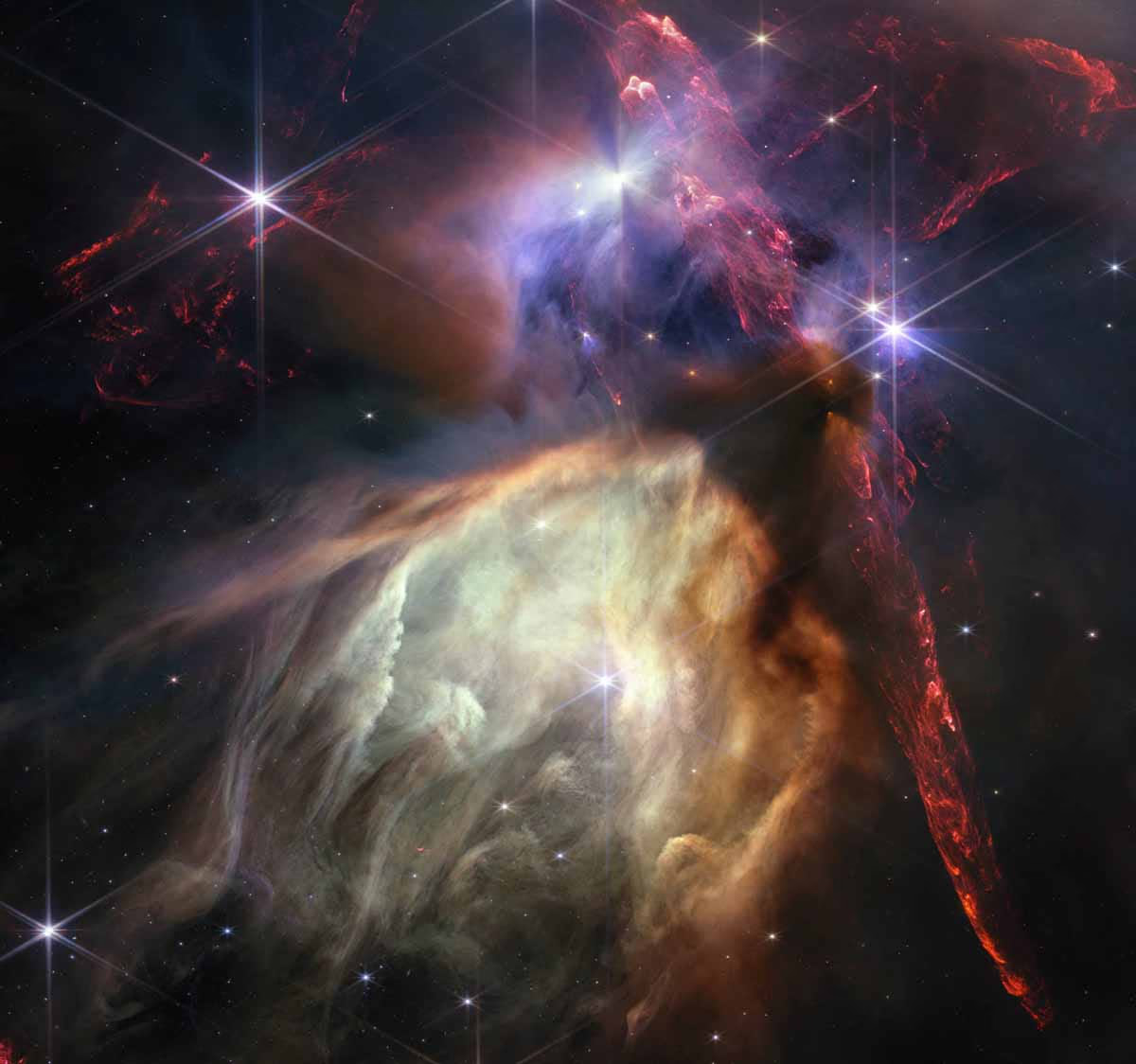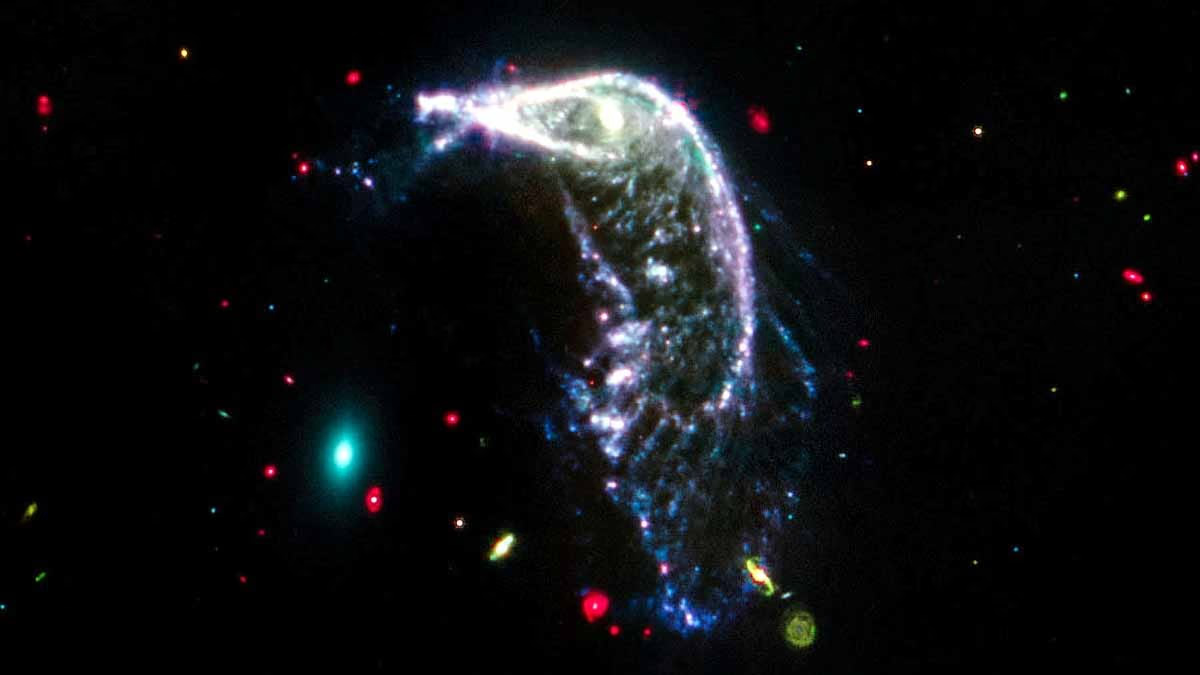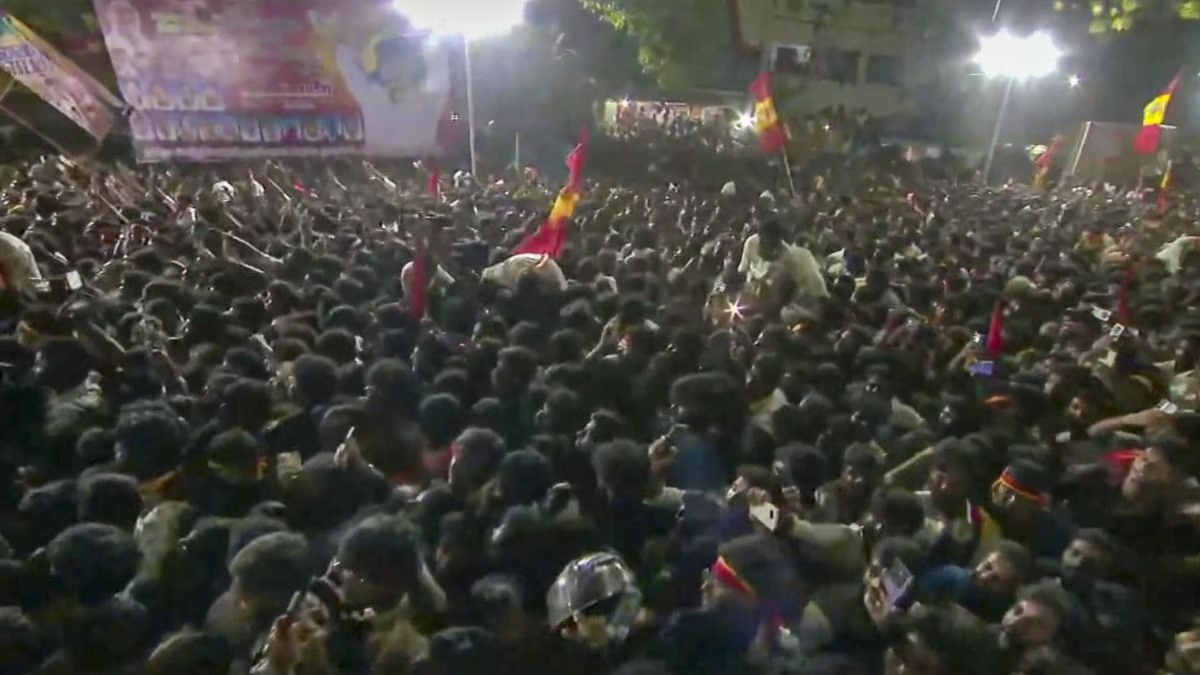NASA has recently released an awe-inspiring image showing the union of two galaxies in outer space. Viewed through the lens of the formidable James Webb Space Telescope (JWST), one galaxy resembles a penguin while the other takes the shape of its egg beneath it.
The American space agency describes this galactic merger as an extraordinary spectacle. Launched in 2021, JWST started capturing remarkable astrophotography almost a year later. Floating within the Hydra constellation, these converging galaxies are a mind-boggling 326 million light-years from Earth.

Source: aajtak
Dr. Jane Rigby, JWST’s senior project scientist at NASA, imparts that the galaxies, each home to hundreds of billions of stars, are in the process of a dramatic encounter. Such mergers are believed to be the building blocks of large galaxies—much like the mature Milky Way we inhabit.
JWST has observed and captured images of numerous galaxies that predate or hail from the time of the Big Bang, considered the dawn of the universe. Scientists have aptly named the merger of the penguin and egg-shaped galaxies 'Arp 142'. Enveloped by a vast expanse of cosmic dust and gas, they are slowly combining to form one larger entity.

Source: aajtak
The Penguin Galaxy was previously recognized as NGC 2936. JWST’s portrayal of it in the form of a penguin led to its whimsical renaming. Its companion, the Egg Galaxy, goes by the former moniker of NGC 2937. The two together create an illusion of a penguin safeguarding its egg.
NASA estimates that these galaxies have been gravitating towards each other for 25 to 75 million years. It will take them several hundred million more years to fully merge and become a single galaxy.




